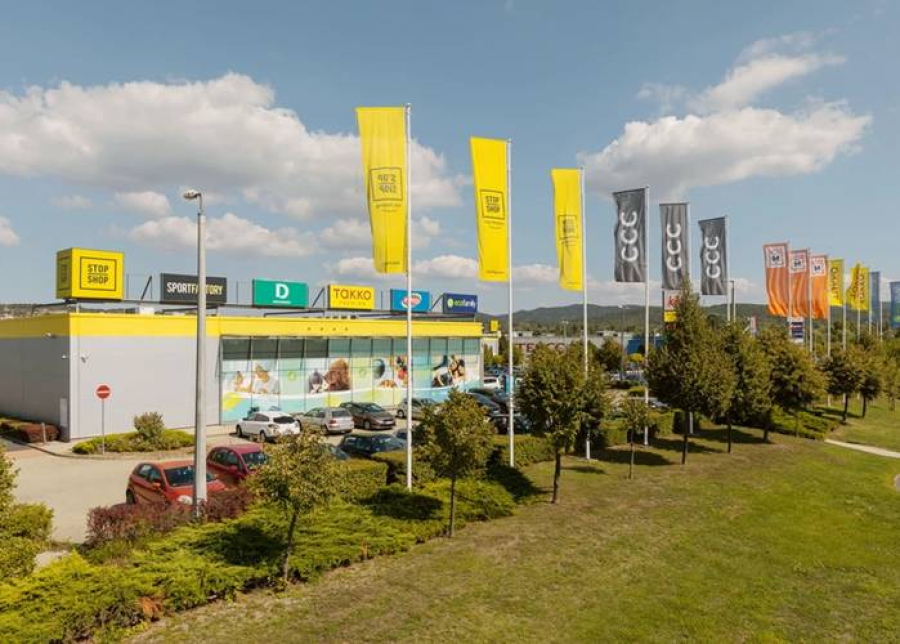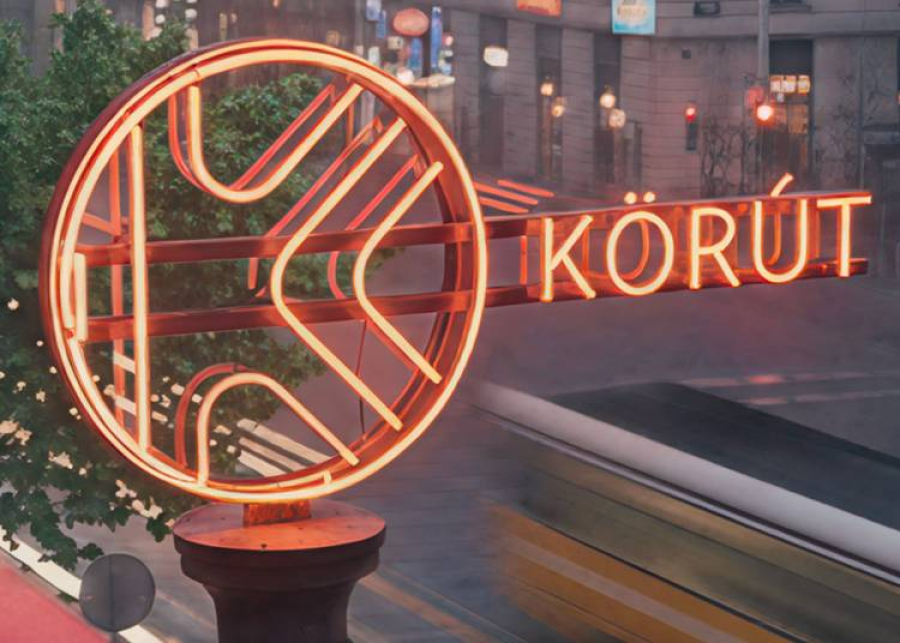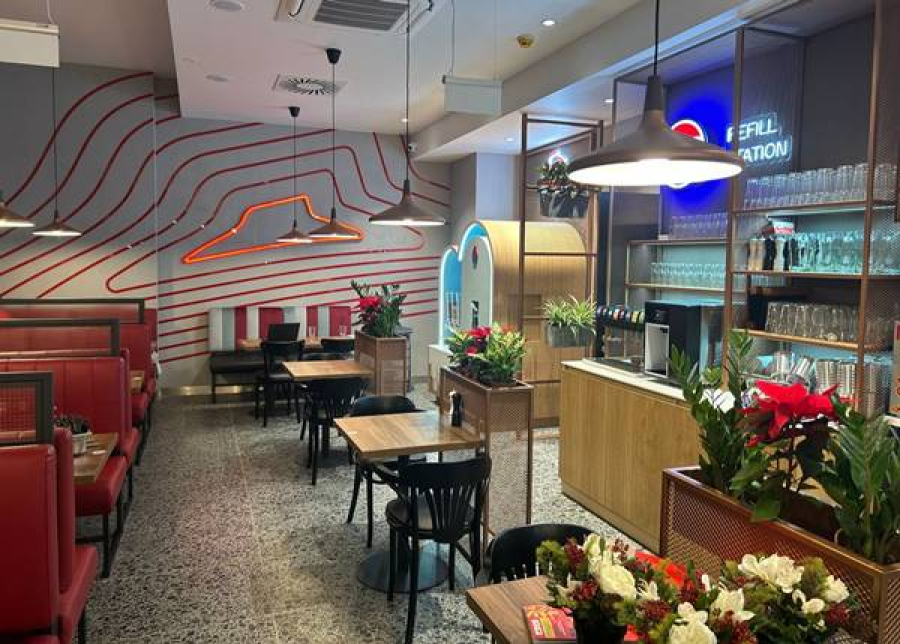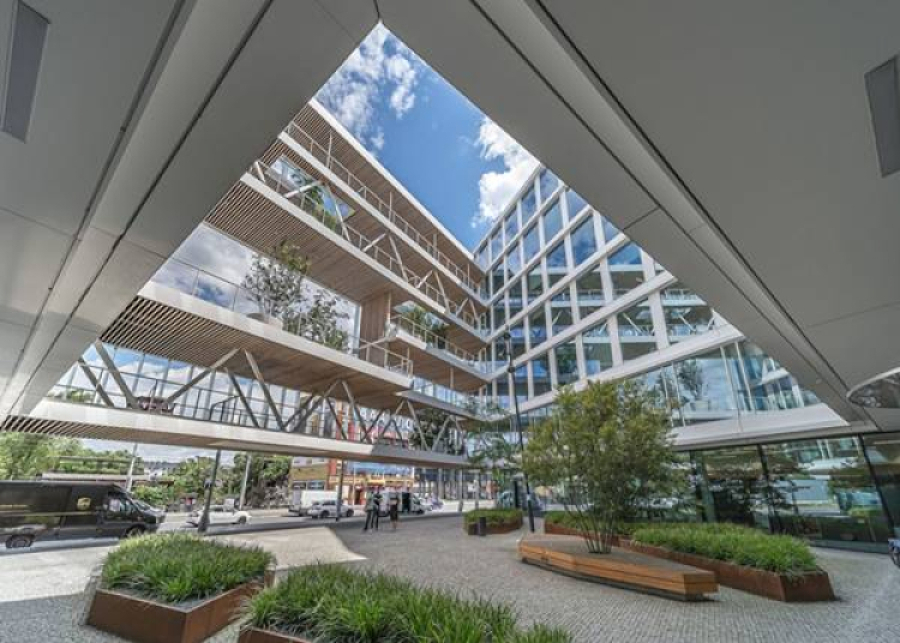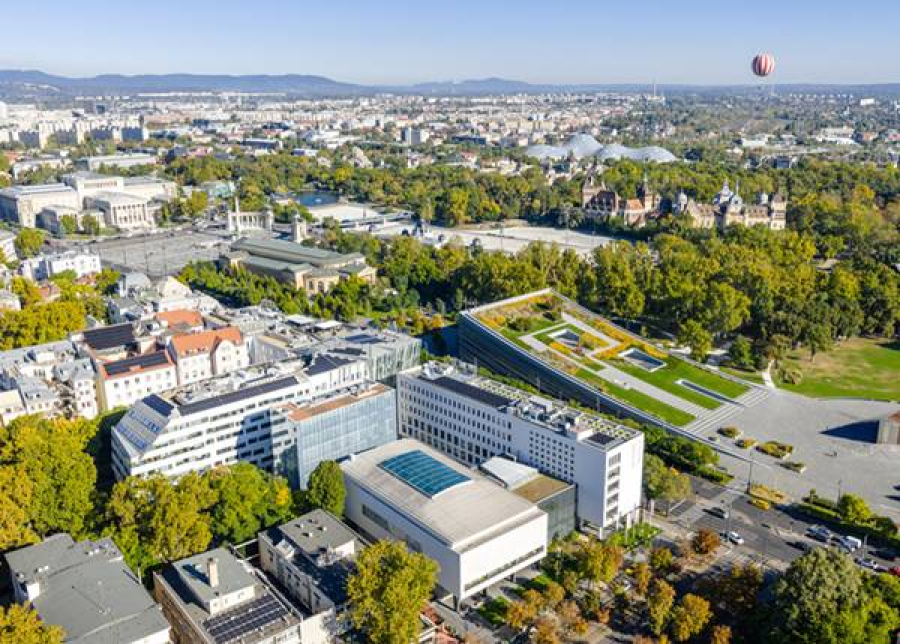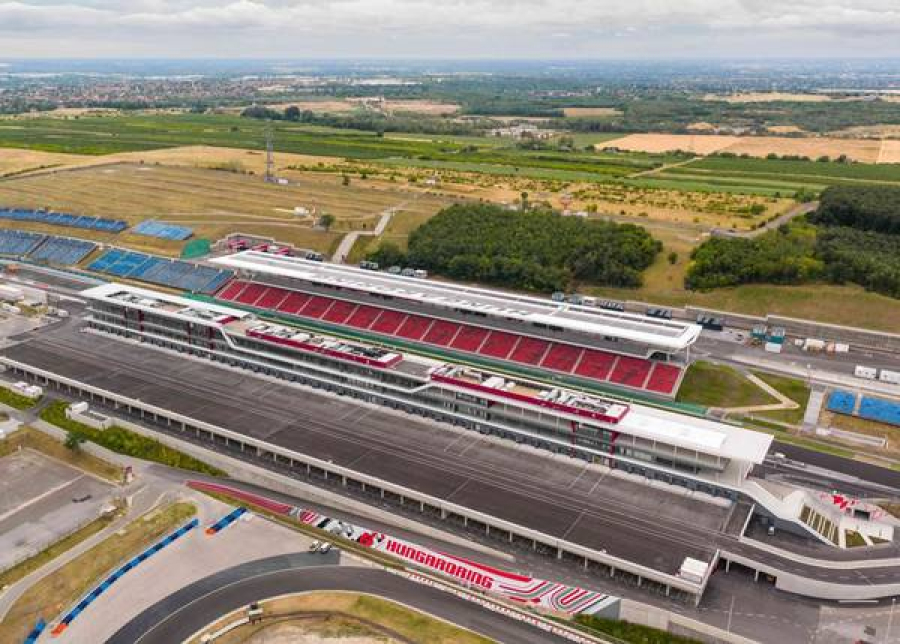The first modern office building in Budapest was completed in 1992 and leased for rents in excess of 30 €/sqm/month. By 1994 the vacancy rate had exceeded 10% and rents were falling. Over the course of the past 15 years the vacancy rate has never fallen below 10%, a critical milestone but still well above the 6% vacancy rate which would drive rents substantially upwards. In 2007 in Warsaw the vacancy rate fell below 6% and rents doubled in less than a year, proving that real estate cycles can occur in Central Europe. What market forces will drive the vacancy rate in Budapest below 6% and when will this happen?
Market cycles are caused by the inertia of real estate development. The construction cycle of a typical office building from receipt of financing through tenant handover is approximately 2 years. Thus new supply continues to be delivered to the market well beyond the point when demand slows, increasing vacancy and decreasing rents.
Today the Budapest office market is facing the most challenging crisis in its history, with new supply twice the demand 2008 and approximately three times the demand in 2009. At the beginning of 2010, Colliers International forecasts that the total stock of vacant modern office space in Budapest will be equal to approximately 5 times 2009's total absorption. Fortunately it appears that new supply in 2010 will be limited, however the ongoing crisis will leave a significant overhang of partially completed buildings which are sure to have an impact on the market over the course of the next few years. Even if the market bounces back quickly to historical levels, the overhang of space would be equal to three years absorption.
A total of 77,000 sqm of new office space was completed in the first half of 2009, of which 29% is located on the Váci út Corridor. With this new supply the “A” class stock grew up to 1,630,000 sqm and together with the “B” class buildings the total stock was 2,215,000 sqm on June 30, 2009.
The vacancy rate increased from 16.5 % to 18.0 % between Q1 and Q2, and this tendency is not expected to stop until reaching a 24-25 % at the end of 2009 as a further 195,000 sqm of new supply will deliver in Q3-Q4.
The ratio of absorption to take-up decreased from 70 % to 33 % between 2007 and the first half of 2009. This means total absorption during the first half of the year was only 43,800 sqm. The main reasons are the increased amount of lease renegotiations and extensions and the decreasing space requirements, generating negative absorption.
Rents across all building classes have decreased by 10-30 % over the course of the past year. Both the face rent indicated in the contract and the effective rent (the average rent paid by the tenant over the term of the lease taking into account tenant incentives such as free rent, cash contributions, etc.) have decreased as building owners and developers compete to secure future cash flows. At the present time it appears that the renegotiating landlords are leading, although effective rents in the range of 10-11 € /sqm/month are achievable for 1000 sqm tenants in the Váci út Corridor, and the rents of 8-10 € /sqm/month achievable in secondary locations for newly built class “A” buildings provide very good value for money.
The vacancy rate can be decreased by increasing absorption or by decreasing new supply.
The inertia of real estate development is significant and it reacts slowly to changes in demand. In this instance the credit crunch may actually prove useful, as financing for new construction dried up before the magnitude of the current supply crisis became apparent. If new supply remains significantly below absorption for through 2012 the market could recover quite quickly and rents could even be moving up substantially by the end of the current leasing cycle.


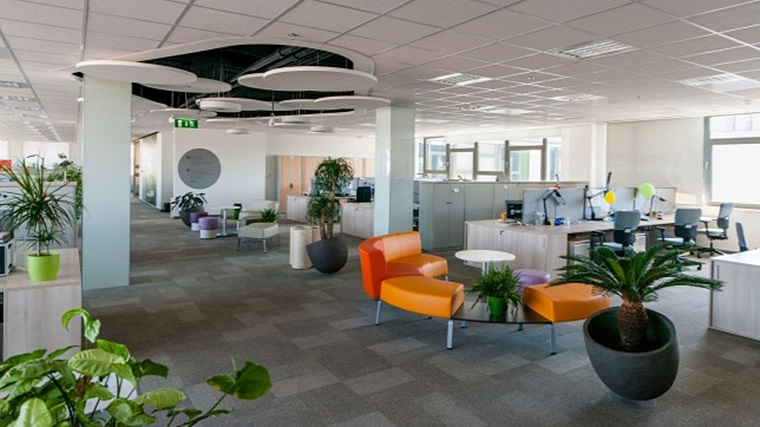 A surplus of new supply spurred on by cheap credit has hit the market just as absorption has fallen by over 50% because of the recession. This has resulted in a rapid increase in the vacancy rate which is forecast to reach 25% by the end of 2009. Rents have fallen 10-30% and have yet to stabilize.
A surplus of new supply spurred on by cheap credit has hit the market just as absorption has fallen by over 50% because of the recession. This has resulted in a rapid increase in the vacancy rate which is forecast to reach 25% by the end of 2009. Rents have fallen 10-30% and have yet to stabilize. 
















